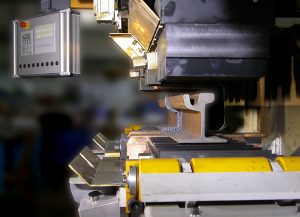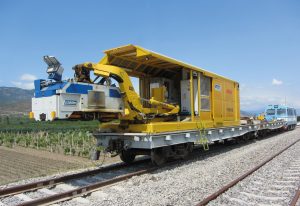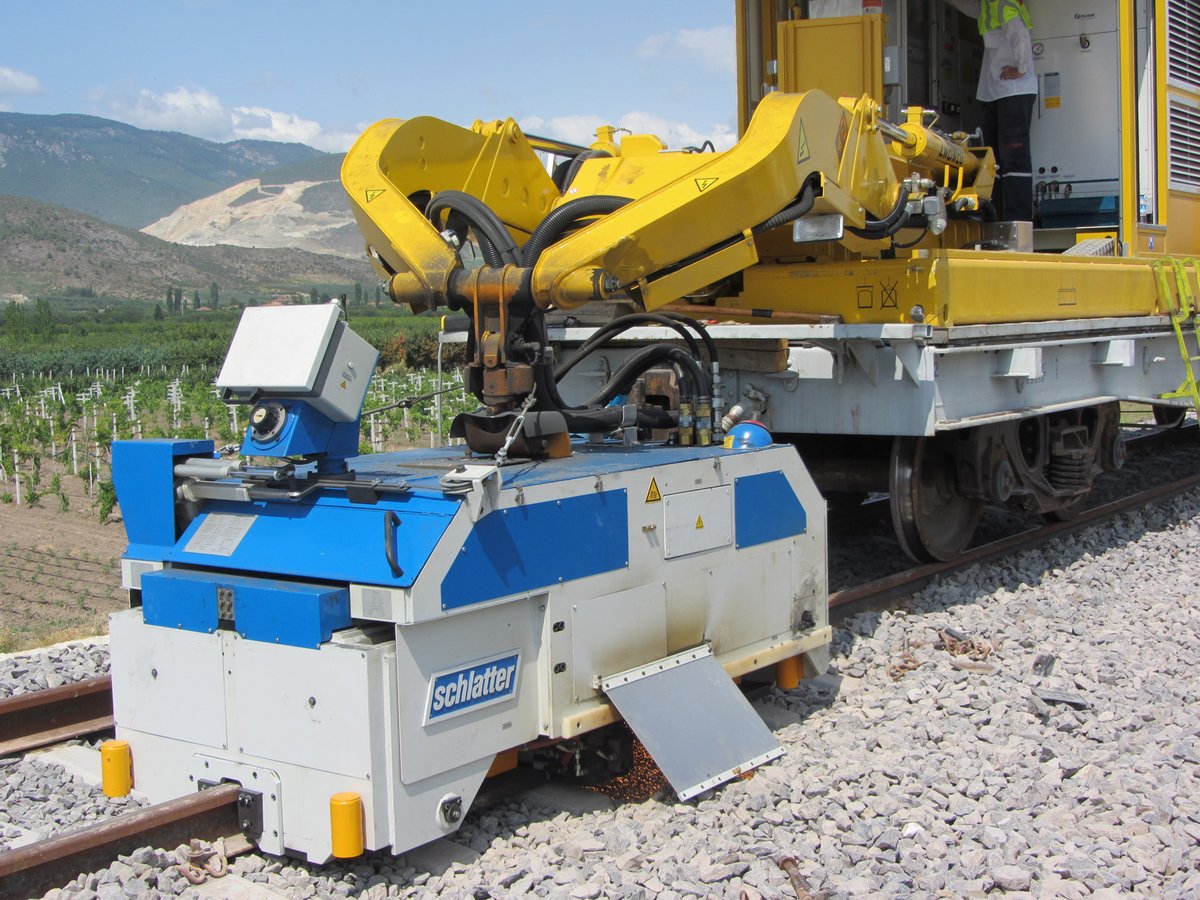Flash butt welding is an electrical resistance welding method that utilizes the heat generated by the parts themselves to join components. This process involves aligning the components end to end along the joint region, allowing for the combination of various section sizes and complex shapes. During the welding process, a flashing voltage is applied while the components are gently pushed together.
Butt Welding Vs. Flash Butt Welding: Understanding the Differences
Butt welding and flash butt welding are two types of resistance welding methods used to join abutting surfaces. Butt welding involves bringing the workpieces together under high pressure and applying current to create sufficient heat for binding the components. It is a single-stage process that utilizes continuous current and pressure until the connection is formed.
On the other hand, flash butt welding utilizes the resistance to electric current to generate heat throughout the joint region. This process involves flashing voltage and gently pushing the components together. Advancements in AC butt welding machines now allow for the connection of small-diameter wires and rods, enabling applications such as coil production, band saw blade manufacturing and wireframe construction.
How Does the FLASH Butt Welding Technique Work?
As you are already aware that the Flash Butt Welding technique is a highly efficient method to join metal pieces without the need for filler metals. Now, let’s explore the step-by-step process of how this technique works:
Step 1: Generating Current Pulses
 In FLASH Butt Welding, the process begins by generating current pulses as a wheel rotates along the workpiece. These current pulses play a crucial role in providing the necessary energy for the welding process.
In FLASH Butt Welding, the process begins by generating current pulses as a wheel rotates along the workpiece. These current pulses play a crucial role in providing the necessary energy for the welding process.
Step 2: Resistive Heat Generation
As the current pulses flow through the workpieces, resistive heat is generated. This heat is primarily produced by the workpieces themselves. The resistive heat is essential as it facilitates the melting and joining of the metal pieces.
Step 3: Metal Piece Separation
Before the welding can take place, the metal pieces to be joined are separated. This step ensures that the ends of the workpieces are properly aligned and ready for the welding process.
Step 4: Applying Current and Melting
Once the metal pieces are separated, a current is applied to them. The current flow causes the metal to melt due to resistance and the formation of an arc. This melting process prepares the metal for joining in the subsequent steps.
Step 5: Pressing and Joining
After the metal pieces are molten, they are pressed together under high pressure. The pressure ensures a strong bond between the metal ends, resulting in the joining of the pieces. Remarkably, this joining is achieved without the need for any additional filler metals.
Step 6: Clamping Mechanism
To ensure secure welding, a clamping mechanism equipped with horizontally positioned cylinders is utilized. These cylinders tightly grip the rails or workpieces, preventing any slippage during the welding process. The clamping mechanism enhances the stability and precision of the welding operation.
Step 7: Pulling Force and Automation
The welding head exerts a significant pulling force of 100 tons or more. This pulling force is applied to maintain tension and alignment between the workpieces throughout the welding cycle. Additionally, advanced FLASH Butt Welding machines are equipped with automation capabilities, allowing for precise control and coordination of the entire welding process, from initial alignment to flash removal.
Step 8: Flashing and Oxide Removal
During the welding process, flashing occurs as the metal ends are brought together. This flashing gradually heats and softens the component ends, effectively eliminating oxides and impurities from the contact surface. The removal of these impurities is crucial for ensuring a strong and reliable weld.
Step 9: Forging Force and Solidification
Once the flashing process is complete, a forging force is applied to the joint. This force helps solidify the connection between the metal pieces. The weld is formed after a defined “burn-off” length of the parent material, and there is no remaining molten metal. The resulting forge butt weld is strong and durable.
What are the Advantages of the Flash Butt Welding Technique?
- Smoother Rail:Flash butt welding eliminates gaps between sections, resulting in a smoother rail surface. This reduces wear and tear, inspection costs, and maintenance time.
- Consistent Welding Quality:The computerized control system ensures consistent, high-quality welds, minimizing variability and defects.
- Precise Rail Welding: The welding head is designed for precise rail welding in various conditions, allowing for accurate and reliable joining of rail sections.
- Versatile Application: Flash butt welding is commonly used in railroad manufacturing for tasks such as long welded rails, converting short rails, or creating continuously welded rails.
- Mobile and Stationary Use: The technique can be applied in both mobile and stationary settings, offering flexibility and increasing efficiency in railroad production.
Applications of Flash Butt Welding
 While flash butt welding has traditional applications in rail manufacturing, advancements in technology have expanded its potential uses. The method’s precision, absence of filler metals, and uniform heat-affected zone make it applicable in various industries. With advancements in controls, power sources, and hydraulic systems, flash butt welding continues to evolve, allowing for an expanding range of applications.
While flash butt welding has traditional applications in rail manufacturing, advancements in technology have expanded its potential uses. The method’s precision, absence of filler metals, and uniform heat-affected zone make it applicable in various industries. With advancements in controls, power sources, and hydraulic systems, flash butt welding continues to evolve, allowing for an expanding range of applications.
Advanced Capabilities
Modern flash butt welding equipment offers advanced capabilities. It can weld rails with cross-sections up to 15,000mm2, allowing for the joining of large and complex structures. Moreover, this equipment is versatile and can be used both on and off track, providing flexibility in various welding applications.
Conclusion
In summary, flash butt welding is a reliable and efficient technique that produces smooth rail sections, ensures consistent welding quality, and offers versatility in both mobile and stationary settings. By leveraging its benefits, industries can achieve strong and durable welds, reducing maintenance costs and enhancing the overall performance of rail infrastructure.
